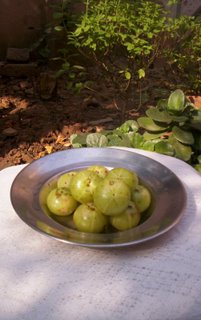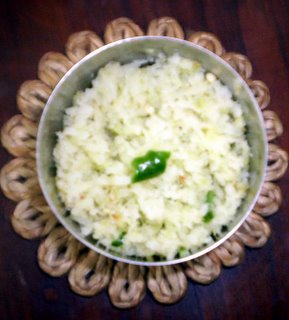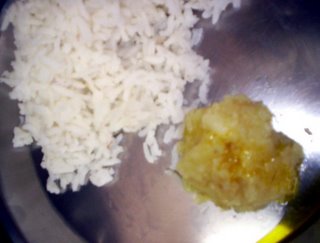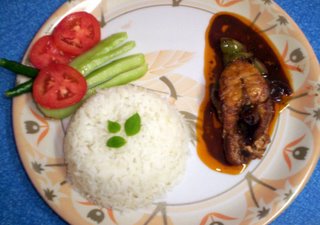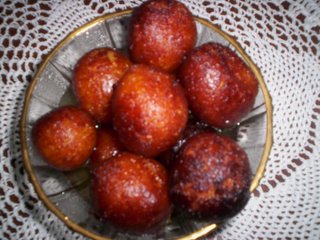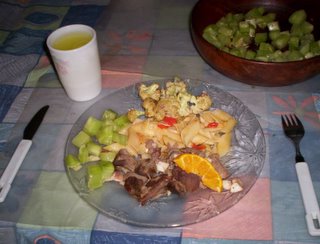French Beans with Grams and Coconut
This was a dish I had been craving for some years now. I first tasted it when C, a Keralite friend brought it for lunch at my first workplace. I liked the taste of coconut in the beans; it was distinctly different from the potato-beans with cumin seeds, usually cooked in our kitchen. But what I liked the most about C’s recipe was the crunchiness of the beans, even after they had been cooked nicely. So recently when I found this recipe on Lokpriya, the link for which I got from Nupur’s blog (thanks, Nupur), I was ready to jump with joy…okay, not that dramatic, but I was delighted all the same.These green beans are full of nutritive value, and so when I saw the chance to make a dish out of them that tasted good as well, I grabbed it with both hands. The beans are a storehouse of Vitamin C, Vitamin K, Vitamin A, manganese, and iron. They help strengthening your bones, protect your heart, provide prevention against colon cancer, give you a good skin, and boost your memory. For more details, read this.
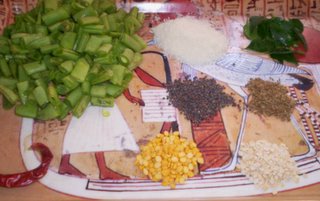
Recipe for French Beans with Grams and Coconut:
Ingredients:
French beans – a bunch, chopped
Grated coconut – 2 Tablespoons (I didn’t have fresh coconut on the day and substituted it with coconut powder. The result was just as yummy though).
Urad Dal – 1 Teaspoon
Chana Dal – 1 Teaspoon
Curry leaves – 10-15
Cumin seeds – ½ Teaspoon
Mustard seeds – ½ Teaspoon
Dry red chili – 1
Asafoetida (hing) powder – a pinch
Oil
Salt to taste
Method:
1. Heat oil in skillet and add mustard seeds, cumin seeds, the two types of grams or dal, red chili, hing powder and curry leaves.
2. When mustard seeds begin to splutter, add the chopped beans and salt to taste. Add a little water, cover the skillet, and cook on low heat until beans are tender.
3. Add the grated coconut/coconut powder, mix well, and serve hot with parantha or chapatti.

Relish!
Sury


